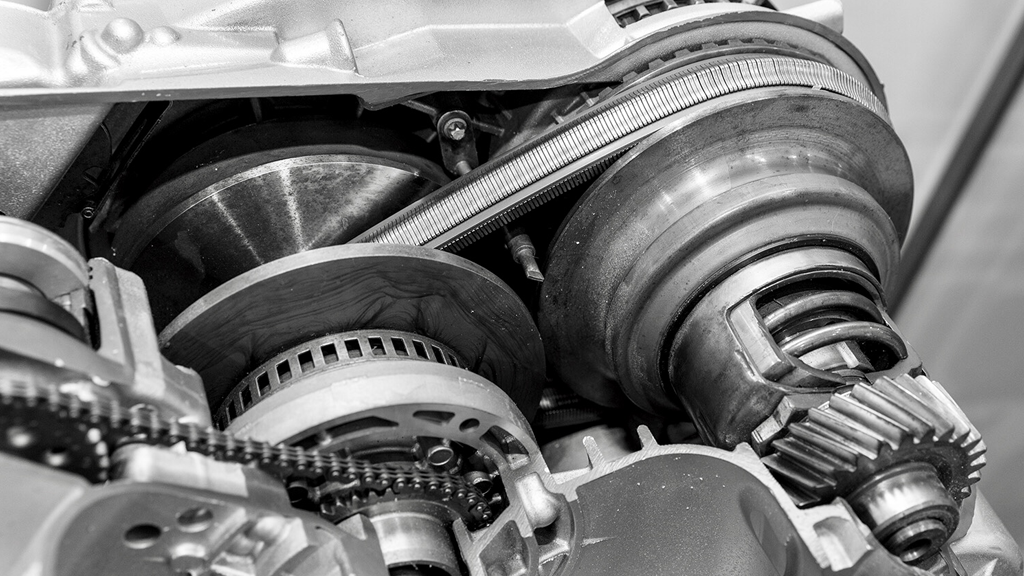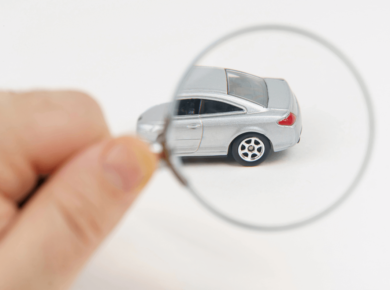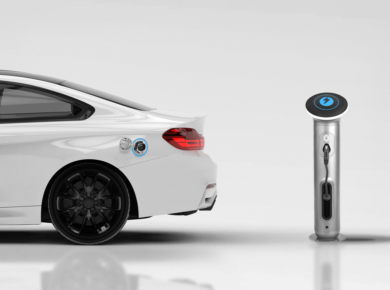When you’re buying a car, one of the most important aspects to consider is the transmission. From personal preference in driving style, to fuel economy, to ease of maintenance, there are some key differences between a manual, automatic, and a CVT. While the work principles of the first two are very similar, a continuously variable transmission operates differently from both. In this blog, we’re explaining how a CVT (also known as a variator) works and going over its pros and cons.
What is CVT?

The variator is a transmission that operates without a planetary gearset. Instead, it has a pulley system with a belt: one of the pulleys is connected to the engine, while the other transmits torque to the wheels. A CVT doesn’t have any gears at all. Its construction allows varying gear ratios according to the driving style. The tension between the belt and pulleys contributes to a fast gear ratio change.
Pros of CVT
Enhanced efficiency is the biggest draw for CVT. Since the transmission constantly adjusts its infinite gear ratios, you’ll see a significant improvement in fuel economy. A lot of hybrid vehicles are equipped with CVTs, which is one of the major factors contributing to their good gas mileage.
Cars with continuously variable transmissions offer better power and torque distribution. The transmission adjusts to an appropriate power peak for the current situation on the road and the vehicle keeps running, maintaining it for a while. For example, when you’re on an incline, the CVT finds the optimal torque and your car will run without any choking. A CVT is also lighter than an automatic transmission, as it needs fewer parts to operate.
Cons of CVT
CVTs aren’t flawless. One of the biggest disadvantages is how loud it operates. Usually, engines mated with a CVT work at higher RPMs, so they’re louder than other transmissions. But this issue is curable: you can opt for additional soundproofing for your car.
CVTs aren’t designed for fast-paced driving. They can’t transmit instant torque to the wheels, because the gearbox can’t adjust the gear ratios as quickly as a car with an automatic or manual transmission.
The most important issue is expensive maintenance. If the variator breaks down, in 9 out of 10 cases it will need replacement. Since the parts are tiny and hard to locate, changing them makes little sense. Replacing a CVT is a very costly process, which needs a skilled technician.
Bottom Line
All in all, cars with CVT transmissions are good for commuting, though aren’t suitable for everybody. So, if you’re looking for a car, you’ll have to be aware of how a CVT works as well as its pros and cons. Understanding the key principles of this drivetrain can help you select a transmission for your next car according to your needs. If fuel efficiency and better power distribution are your most important criteria, look for a car with a CVT. On the other hand, if you don’t want to put up with noise and expensive maintenance, consider buying a vehicle with an automatic or manual transmission. Once you’ve made a decision, start looking for cars on a budget through our online auto auction. Register with us to place a bid on a car you’re interested in. To complete your registration, upload a copy of your government-issued ID or passport and place a refundable security deposit. You can reach us online or give us a call at + 1 (360) 347-1300 (6:00 AM – 3:00 PM Pacific Standard Time, Monday through Friday) with any questions.








